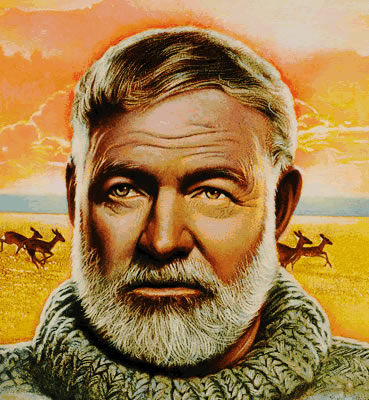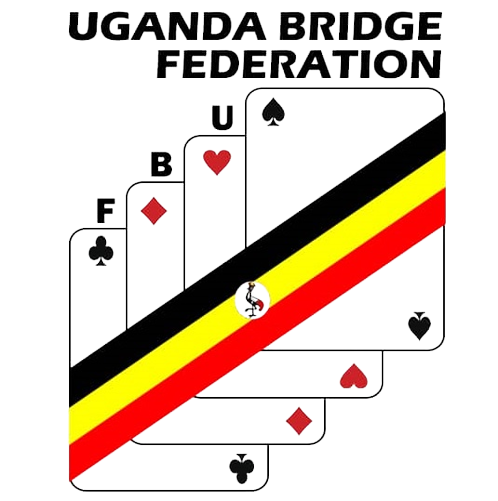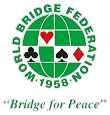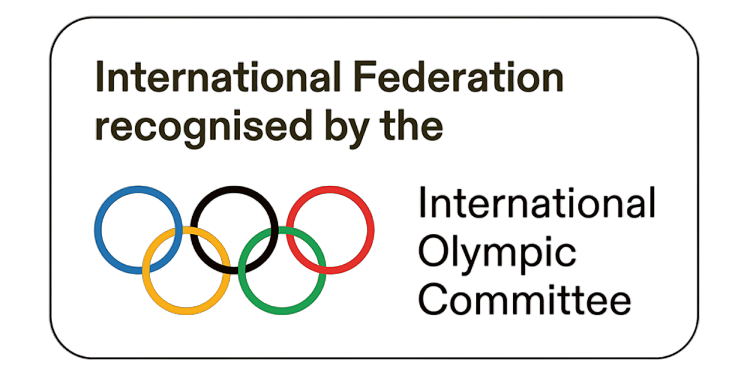About Bridge

Bridge
Bridge is the ultimate trick-taking card game, easily the greatest source of enjoyment that four people can have with a pack of cards.
It is enjoyed by tens of millions of people throughout the world – more so than any other card game. In social circles it is considered the card game. Whether you play casually among friends or seriously in clubs and tournaments, you will find it to be fascinating, challenging and enjoyable.
Brief History of Bridge
The card game known as bridge has ancient roots dating back to the dawn of time. Of its direct ancestor, “Whist”, we have confirmed knowledge in England since the 16th century, when it was commonly played among the humbler classes. The game began to attract also the more privileged classes and its success grew to the extent that in 1742 Sir Edmond Hoyle codified it with specific rules in his “Short Treatise”, published in London, on the game’s technique. The popularity became such that the expression “according to Hoyle” became synonymous of exemplary conduct even beyond the card game. Hoyle’s intuition was to contextualise a good card game conceiving it as a social vehicle with deep moral significance. And this is still today the main reason for the success of the game.


Bridge As a sport
The World Bridge Federation is an International Federation recognised by the IOC (International Olympic Committee) and full member of the ARISF (Association of IOC Recognised International Sport Federations) and SportAccord (the umbrella organisation for all, Olympic and non-Olympic, international sports federations as well as organisers of multi-sports games and sport-related international associations).
The WBF, together with FIDE (Chess), FMJD (Draught ) and IGF (Go) is founder member of IMSA (International Mind Sports Association) and is recognised by FISU (International University Sport Federation) and UNESCO (United Nation Educational, Scientific and Cultural Organisation) and is Code Signatory of WADA (World Anti-Doping Agency).
About the play
The four players form two partnerships, taking the points of the compass. North plays with South and East with West. Each player receives thirteen cards (your hand) which should be sorted into suits: spades, hearts, diamonds and clubs.
The game is divided into two phases, bidding and play.
In the first phase the partnerships use the bidding to determine which player will be the declarer and how many tricks he or she must win with the chosen trump suit (or without trumps if desired).
The second phase sees both sides attempting to win as many tricks as possible.
Once you have learnt to play the world will become your oyster. Aside from playing social bridge with friends you might join a bridge club. That could lead to you participating in tournaments, both at home and around the world.

Bidding
Having shuffled the pack the cards are dealt clockwise, one at a time until each player has 13 cards, after which the bidding phase begins.
Each bid must state a number from one to seven, which is the number of tricks in addition to six that the bidder agrees to try and win. Each bid must specify the suit (spades, hearts, diamonds or clubs) that will be trumps (or notrump if the bidder wishes to play without a trump suit).
If a player does not wish to bid he may Pass.
For example, a bid of 1♣ is a statement to win seven tricks (six plus one) with clubs as trumps. A bid of 4♠ is a statement to win 10 tricks (six plus four) with spades as trumps suit. A bid of 3NT is a statement to win nine tricks (six plus three) without a trump suit.
Each successive bid around the table must name a higher number than the preceding bid, or name an equal number in a higher ranking suit (or notrump). For bidding purposes notrump is the highest rank, followed by spades, hearts, diamonds and clubs. There are 35 possible bids, from 1♣ (lowest) through 7NT (highest). No bid can exceed seven since a bid of eight would be a statement to win 14 tricks — clearly impossible with only 13 tricks in play.
Bridge and Health
It is believed that Bridge can enhance team spirit, socialization, the development of mental abilities and helps the brain to stay young and healthy.

Dr. Christopher Shaw researched the impact that learning to play Bridge would have on elementary students. The researcher from Carlinville (Illinois) found out that kids who learn to play Bridge have an astounding increase in their test scores compared with their non-playing classmates. The game helped students in all five subject areas of the Iowa Test of Basic Skills. During game, players analyze the available information and make a plan for success based on their first understanding of the situation. The ability to adapt and adjust the plan when additional information becomes available leads to success in the game. Thus, Bridge dramatically helps the development of inferential thinking, which leads to better performances in all subject areas, not just math and science.
The results of a research by Louise Clarkson Smith and Alan A. Hartley (Journal of Gerontology – Vol 45, Issue 6, pp 233-238) on Bridge players and nonplayers aged 55-91 indicated that players outperformed nonplayers in measures of working memory and reasoning.
A study published in 2003 by Verghese in the New England Journal of Medicine indicated that senior citizens who play a board game may have a lower risk of dementia. Generally it is considered that participation in leisure activities has been associated with a lower risk of dementia.
Benito Garozzo (pictured left), number 2 in the World overall ranking, will be 90 this year. After 10 world titles, he still plays at the top level: in 2013 he won the silver medal at the European open Championships.
In 2000, Marian Cleeves Diamond found out that playing Bridge stimulates the thymus gland, which produces white blood cells (T lymphocytes), thus enhancing the immune system.
Bridge also improves teamwork skills: the player needs to depend on information from his/her partner before making decisions. Thus, Bridge teaches how to trust and communicate with others for mutual gain.

A 2014 research performed by Tor Vergata (Rome) scientists (Becchetti, Fiaschetti, Marini) proved that Bridge players, due to their superior team play habits, are more likely to adopt cooperative behavior. Bridge is a “trust game”, where deception plays little to no role. Bridge players make more polarized choices and choose the maximum trust or contribution significantly more often.
Listening, etiquette, concentration, dealing with winning and losing and many other social skills can be enhanced by playing Bridge.
Bridge offers many social benefits. It is a way to make new friends all over the world, but also provides the opportunity to make social contacts that can assist players in their business. Bridge players have the opportunity to meet Bill Gates at the table! The founder of Microsoft is the most astounding but for sure not the only one testimonial of Bridge – many brilliant minds of our times are devoted to this mind sport (see Testimonials).



